News
Shifting trends: Analysing the impact of high inflation in India
25 Jul 2022Despite food and beverage categories in India feeling the pinch of increasing inflation, the overall outlook remains upbeat as governmental support steps in and evolving consumer purchasing patterns shape the sector.
In April 2022, India’s retail inflation rate reached 7.8%, the highest it has hit in eight years. Yet, despite this alarming inflation statistic, data analytics and brand consulting company Kantar reports positive levels of consumer confidence and optimism. The company suggests the country’s positive outlook may be in response to India’s relatively mild third wave of Covid-19.
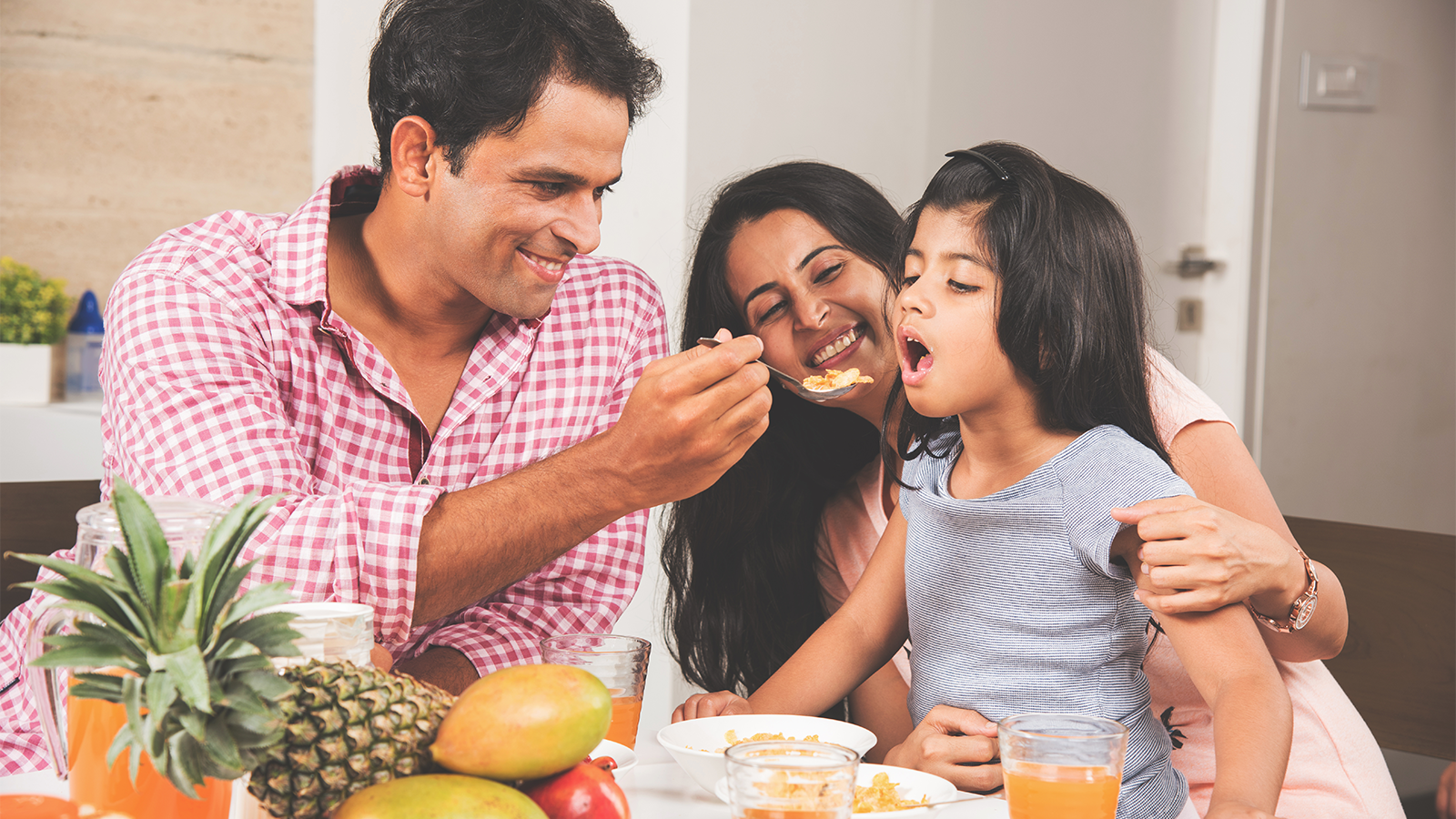
“We see diverse trends being displayed in the market when it comes to food and beverages in India,” says K Ramakrishnan, managing director of South Asia, Worldpanel Division at Kantar, in response to how the country’s market is initially reacting to its high inflation rate.
Staple food and beverage categories are seeing a slowdown or a loss in volume compared to last year, with figures revealing a 4% growth in the year ending May 2021 compared with a reduction of 6% in the year ending May 2022.
Three main factors influencing industry response to inflation
There are three leading drivers impacting India’s food and beverage sector’s response to its high level of inflation, Ramakrishnan says.
Governmental support is a crucial driving factor. The central government has offered free food grains to nearly 80 million households under its Pradhan Mantri Garib Kalyan Anna Yojana (PMGKAY) scheme. Under the scheme, the government provides each household with five kilograms of free food grains per month. As a result, the purchase of flour (Atta) declined by 24% in May 2022, Ramakrishnan says.
Consumers are also forming new habits. “The snacking categories have benefitted immensely due to the pandemic,” says Ramakrishnan. With people sitting at home during the initial parts of the pandemic, additional snacking occasions formed in households.
For example, about 389g of noodles were purchased per household per month on average in India before the pandemic. In the first 12 months of the pandemic, this number jumped to 416g, and this was maintained at 413g in the following 12 months. Kantar can see similar behaviour with other snacking categories, says Ramakrishnan.
Pent-up demand is also a prominent influence in the food and beverage sector in India. The first wave of the pandemic, from March 2020 to December 2020, and the second wave, from March 2021 to June 2021, both occurred during summer, the peak season for soft drinks in India. “As a result, purchases of this category suffered significantly in both seasons,” says Ramakrishnan. With 2022 being “relatively normal”, Ramakrishnan says the category bounced back significantly, which is reflected in its 47% growth in the year ending 2022.
Behavioural responses to the high inflation rates currently experienced in India are pretty consistent throughout the country, Ramakrishnan notes. “Rural markets fare slightly better than the urban markets, but directionally they behave the same,” says Ramakrishnan.
The decline of staple categories
With the popularity of staple categories decreasing, Kantar has identified key reasons for its lack of uptake.
Along with the government’s financial support, Indian consumers are also experiencing fewer cooking occasions. During the year ending May 2021, most of India was in lockdown for the majority of the 12-month period. Schools were closed, offices largely remained shut and restaurants were only allowed to deliver within specific periods.
“As a result, we know qualitatively that the number of in-home cooking occasions has surged,” says Ramakrishnan. The uncertainty around lockdowns and the many households that were buying staples in bulk added to this changing trend. These categories largely benefitted in the first pandemic year, Ramakrishnan shares.
However, as things settled down and people became more aware of the situation, the stock levels reduced. Additionally, with restaurants, schools and offices opening up during the second year, the occasions of in-home cooking also lowered. Therefore, staples have seen a decline.
Edible oil prices have also contributed to the loss in popularity of staple categories. Edible oils, which were growing at a good 3% in March-May of 2021, have lost by -0.2% in volume in March-May of 2022. A good part of this is also due to the 10% average price hike the industry saw in the category across different oil types, Ramakrishnan says.
“We do not see a significant decline in edible oil consumption because, in India, most households typically use multiple oil types,” says Ramakrishnan. Examples used include sunflower, mustard, and rice bran. In addition, the proportion of unbranded oils, where local oil mills extract oil from seeds and sell it, is also significant as nearly 41% of Indian households buy these unbranded oils.
Consumers likely to buy more local & unbranded products
Market stress will be present over the next six to nine months, Ramakrishnan says. “The government supporting low-income households with free food grains is helping fast-moving consumer goods (FMCG) to an extent because price rise has become somewhat manageable with these food grains being guaranteed,” says Ramakrishnan. “The purchase of foods and beverages itself is not going to suffer, however, consumers are likely to try out more local and unbranded products to keep their budgets in check,” Ramakrishnan adds.
Kantar also expects to see consumers purchasing as and when required instead of making monthly purchases. With most of the country not being salaried monthly, adopting this behaviour would help households shop as they earn. “Therefore, we anticipate the growth of small packs in the food categories,” says Ramakrishnan.
Related news
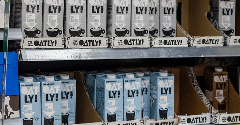
UK High Court allows Oatly to use 'milk' on packaging
17 Jan 2024
Oatly has scored a landmark victory in the use of the word milk after the UK High Court ruled against the country’s dairy industry and permitted the term to be used on packaging.
Read more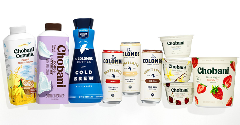
Chobani expands drink presence with La Colombe acquisition
16 Jan 2024
Greek yoghurt giant Chobani has purchased US coffee brand La Colombe Coffee Roasters for $900 million, furthering its expansion into beverage categories like coffee, oat milk, creamer and ready-to-drink offerings.
Read more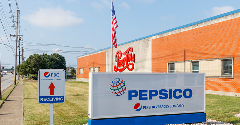
PepsiCo to reshape convenient foods portfolio with less sodium and more plant proteins
10 Jan 2024
PepsiCo has revealed details of two nutrition goals that look to reduce sodium and boost consumption of legumes, whole grains, and plant-based proteins as part of the multinational’s expanded convenient foods portfolio.
Read more
Meet the innovative ingredients showcased at Fi Europe’s New Product Zone
3 Jan 2024
The Food Ingredients category at Fi Europe’s New Product Zone featured 19 distinct and innovative products. From fermented delights to sustainable proteins, these ingredients are ready to make their mark in the market.
Read more
Fi Europe’s New Product Zone elevates the nutrition of everyday indulgences
22 Dec 2023
At Fi Europe 2023's New Product Zone, eight health ingredients, each offering an enhanced nutritional profile of various products, were on display. These ingredients address the evolving needs of the food and beverage industry and cater to consumers se...
Read more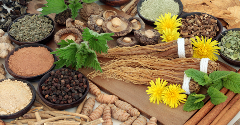
MyAir plans to expand personalised adaptogen products to UK
15 Dec 2023
After launches in Japan and the US, B2B personalised nutrition company MyAir is eyeing the UK market with its white-label functional food and drink products. “Taste is a must – but it's not enough,” says its CEO. “Food has become functional and persona...
Read more
Augmented technology is the gateway to new food experiences
13 Dec 2023
Harnessing augmented reality as a digital tool could offer consumers increasingly personalised food and beverage experiences, opening up new ways to see and taste products, according to a report by Canvas8 and Givaudan.
Read more
Colombia introduces tax on ultra-processed foods
7 Dec 2023
In a bid to curb rates of obesity and other non-communicable disease, the Colombian government has introduced a tax on various ultra-processed food (UPF) and drink products.
Read more
Snack trends, ingredient claims, and plant-based perceptions: Highlights from Fi Europe 2023, part 1
7 Dec 2023
Value-led snacking, sustainability storytelling, and the importance of having a ‘star ingredient’: we asked consumer analysts and market experts at Fi Europe about the trends and innovations that are shaping the food industry.
Read more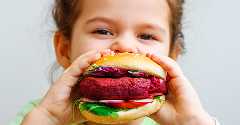
Consumers want more plant-based meat without GM ingredients
28 Nov 2023
Plant-based meat has been a hot and popular category for several years, but not all North American shoppers are embracing vegetarian alternatives that contain genetically modified (GM) ingredients, according to the Non-GMO Project.
Read more